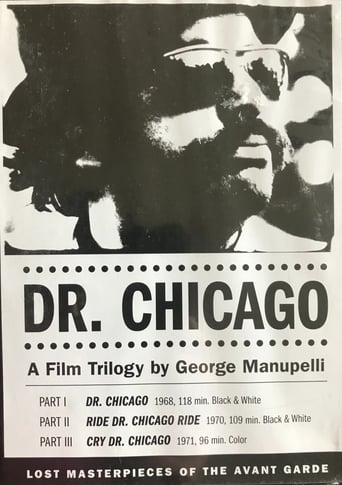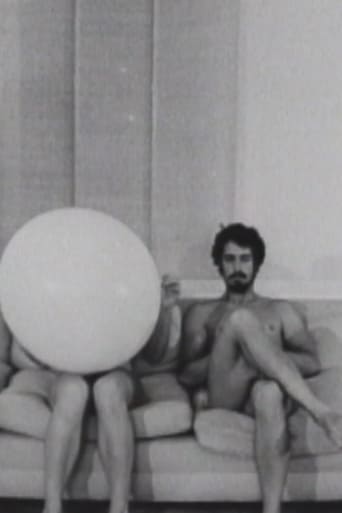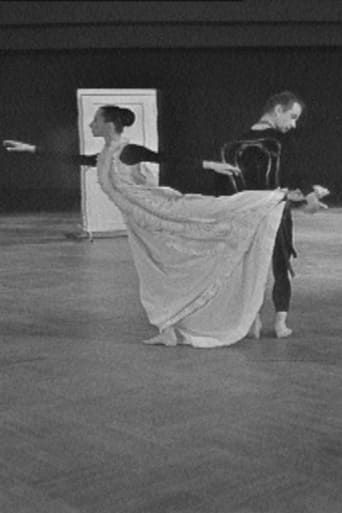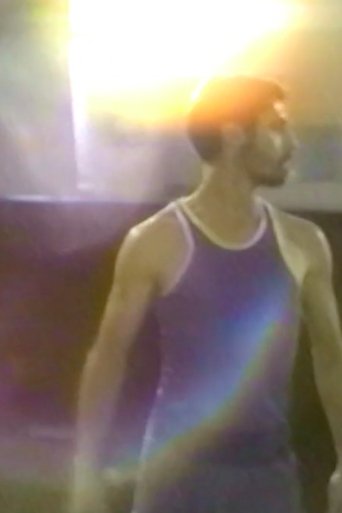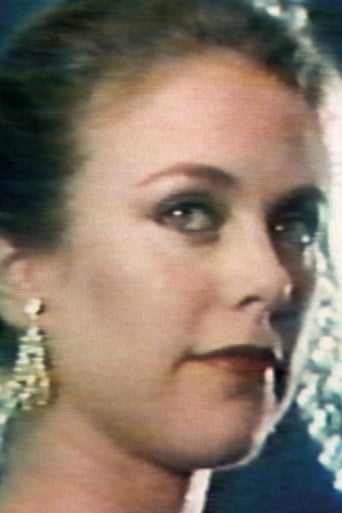1984 12 min 1 vues
In this tour-de-force of stylized deconstruction, the Yonemotos rewrite a traditional narrative of desire — boy meets girl, boy loses girl. Employing the hyperbolic, melodramatic syntax of Hollywood movies and commercial TV, they decode the Freudian symbology and manipulative tactics that underlie media representations of romantic love, and expose the power of this media “reality” to construct personal fictions. Using the psychoanalytic language of advertising, cinematic and television texts to tell the love story of a pole vaulter/concert cellist and a cowboy/Abstract Expressionist painter, they rupture the narrative with psychosexual metaphors and references to pop media and art. Self-conscious strategies such as overtly Freudian symbols, flashback reconstructions of childhood traumas, Wagnerian orchestration and loaded cliches are wielded with deft irony.
